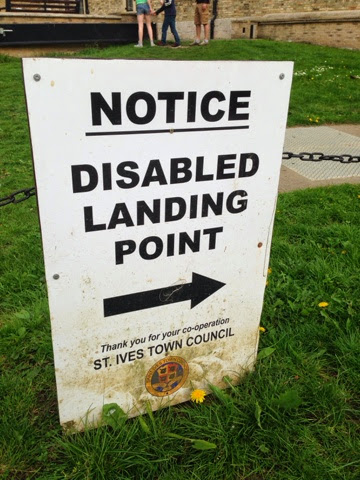Here's a major regional shopping centre with a range of large and multi-story car parks. Both the name and visual identification of the car parks is by its colour. This is the Perkins Yellow Car par. So here "yellow" has two roles - it's both a label (a single unique word) and a style at the same time. Of course that label could be any unique word (monkey, spaceship, brick, smartie etc) or a number.
The trick here is that the "label" yellow is also providing a visual clue in the word yellow, as we have a mental natural association with different colours. So colour lables can be easier to remember because they are emotionally connected. So it's not just a mental note but a sub concious emotional note too. (Red tends to be physical, blue is intellectual, green is balance and yellow is emotional).
But it's now having a "makeover", and that usually implies some significant visual change, including some significant colour changing. So if the colour changes, does the name need to change too? Technically the "yellow" label could still apply even if the "yellow" styling changed. Realistically, the originally helpful use of the single word for double meaning as both a label and a style would need to evolve to remain consistent.

















































